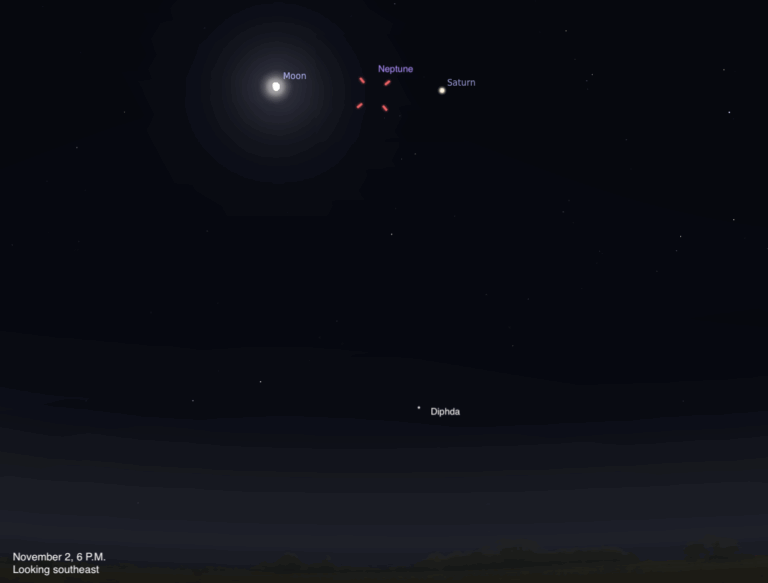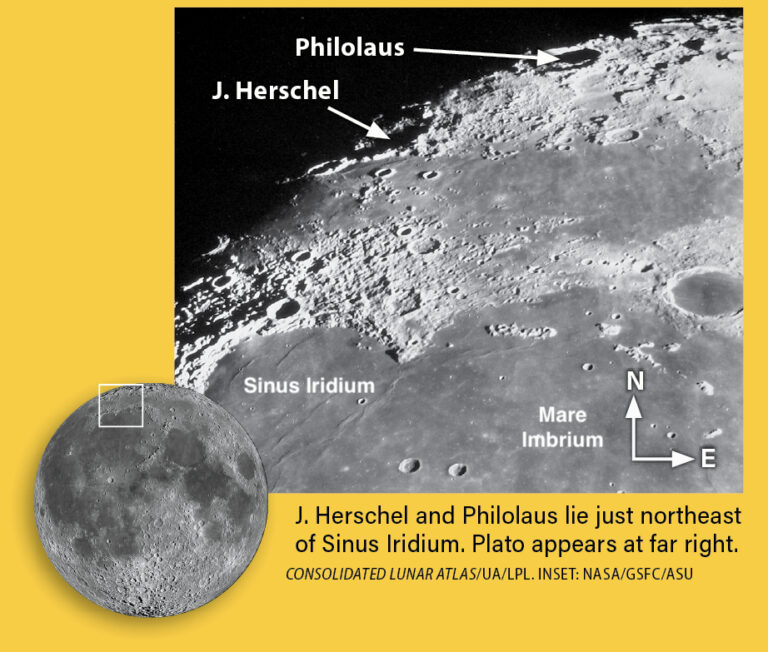
Credit: Chris Schur
Key Takeaways:
- Comet C/2025 A6 (Lemmon), discovered on January 3, 2025, unexpectedly continued to brighten past its closest approach to Earth on October 21, currently maintaining an estimated 4th magnitude, though increasing lunar illumination impedes naked-eye detection.
- The comet is on an inbound trajectory towards its perihelion passage on November 8, after which the Sun's gravitational influence is projected to reduce its orbital period from approximately 1,350 years to 1,150 years, delaying its next potential Earth visibility until around 3175.
- For optimal observation, viewers are recommended to use binoculars or telescopes approximately 90 minutes after sunset, facing northwest, employing Arcturus as an initial guide star to locate the comet within the far southern regions of Hercules.
- Recent observations on October 28 indicated a visually fanned-out tail extending over 4 degrees, with the comet's sustained brightening being a dynamic interplay between increasing solar energy absorption and increasing distance from Earth.
Most comet-watchers thought that Comet C/2025 A6 (Lemmon) would reach its brightest October 21 when it was closest to Earth. But it continued to brighten for several days past that date. And it still looks good. In fact, current estimates of its brightness put it near 4th magnitude, which would normally make it easy to spot for sharp-eyed observers. Unfortunately, with the Moon getting brighter each night, even from a dark site, you won’t be able to see it with your naked eyes unless the comet has an outburst. That’s where binoculars come in.
Comet Lemmon is still on its inbound journey right now before it swings around the Sun and heads back out. So, it’s getting brighter as it receives more solar energy, but it’s also fading because it’s moving away from Earth. We hope that the increase in energy more than makes up for the increasing distance, but we just don’t know. That’s why we have to keep watching it.
Observe it
First, find the time the Sun sets at your location. A quick Google search for, “When is sunset at [location]” will do it. Then, head out an hour and a half later than your sunset time and face northwest. Use the finder chart here to identify some of the visible stars, and then point binoculars toward the comet’s location and try to see it.

Credit: M. Zastrow/Stellarium
Lemmon is currently passing in front of the far southern stars of the constellation Hercules, near the borders of two other constellations, Serpens and Ophiuchus. That’s a problem for people who don’t know the sky because there aren’t any bright stars near the comet. Most observers will target Arcturus (the brightest star in the constellation Boötes) and move to the upper left from that star. But Arcturus sets long before the comet does, so start your hunt half an hour after sunset.
If you’re using a telescope to observe it, start viewing Comet Lemmon with your lowest power eyepiece. Depending on the length of the tail, you might be able to see the whole comet. Then, step by step, increase the magnification and scan the comet’s length for details. Can you see a single tail, or are there two? Are any parts of the tail brighter than others? Does the tail look disconnected at any point? Take your time.
A personal note
On Tuesday evening, October 28, Astronomy’s Editor Emeritus, Dave Eicher, and I observed Comet Lemmon from my home observatory. We viewed it through Oberwerk 100mm binoculars, which, with the eyepieces I inserted, provided a magnification of 40x and a field of view of 4.4°. The comet looked great, even with a one-day-before-First Quarter Moon in the sky and our having to look over the lights of Tucson, which lies west of my house.
We both could see that, visually, the tail seemed to fan out more than on the images we’d seen. Also, and surprisingly, the tail was visible across the binoculars’ entire field of view, which meant we could see more than 4° of its length. Of course we looked at other celestial sights, but it was worth setting up just for Comet Lemmon, which certainly did not disappoint.
More details
Comet Lemmon was discovered January 3, 2025, as part of the Mount Lemmon Survey, which uses a 60-inch telescope at Mt. Lemmon, Arizona (a scant 15.5 miles north of the author’s home). The camera attached to the telescope’s prime focus captures images that are 5° square.
Interestingly, the comet’s current orbital period is approximately 1,350 years. But after its perihelion passage (its closest approach to the Sun) on November 8, our star’s gravity will reduce that to 1,150 years. So, the next chance for earthbound observers to see this occasional visitor will be around the year 3175.
So, take a few minutes in the evening and try and spot Comet Lemmon — a ball of frozen gases currently speeding past Earth at 135,000 miles per hour (217,000 kilometers per hour). Be persistent because the Moon is getting larger and brighter each night, spreading more and more of its reflected sunlight through our atmosphere. Who knows how bright it will still be after Full Moon, when we’ll have some early evening darkness? Now is the time to spot it. Good luck!







